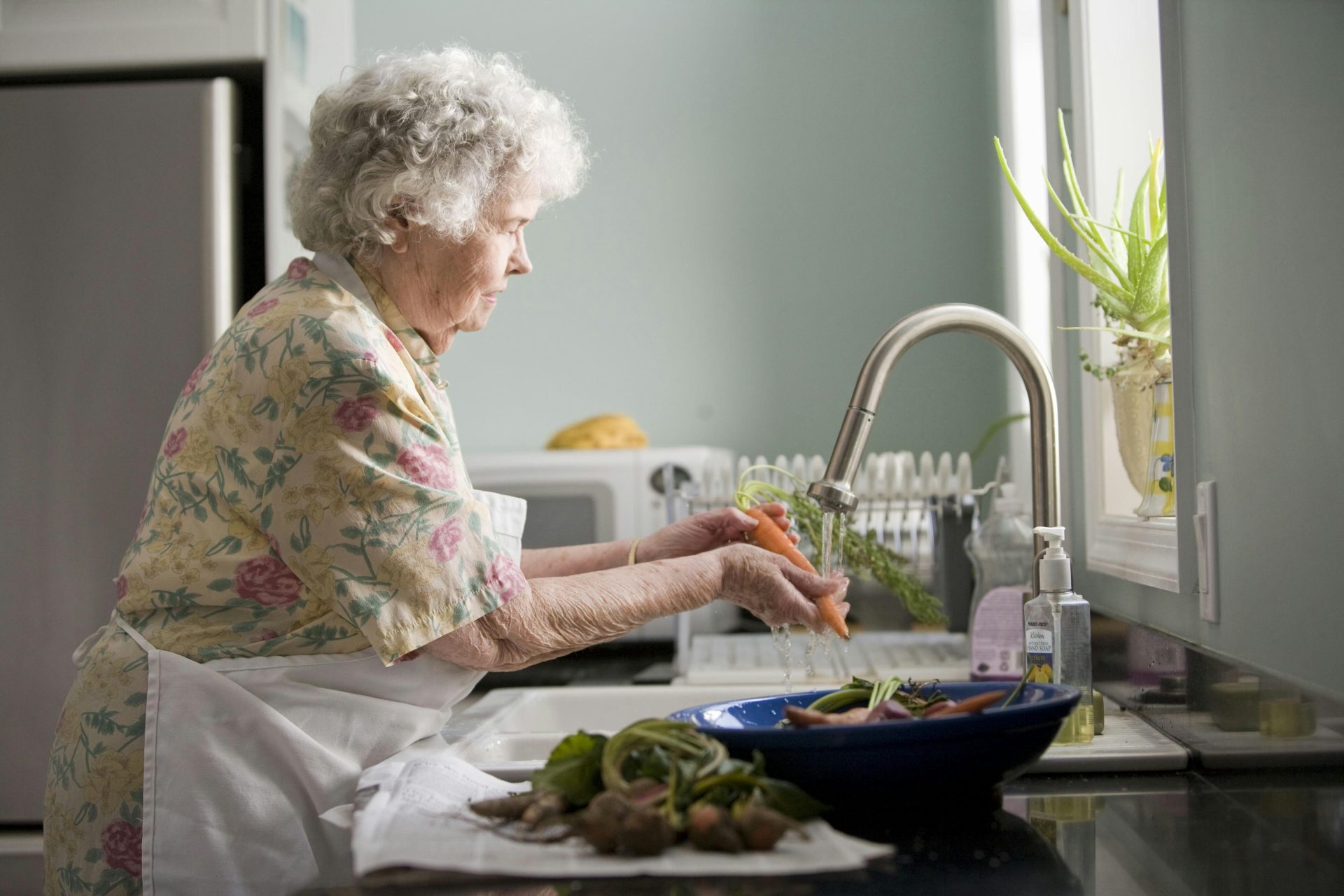In the vibrant world of vegetables, where colors and textures dance across our plates, a quiet debate simmers beneath the surface: the battle between raw and blanched. As we stand at the crossroads of culinary tradition and nutritional science, a curious question arises—are blanched vegetables as healthy as their raw counterparts? This article embarks on a journey through kitchens and gardens, exploring the delicate balance between preserving nutrients and enhancing flavors. Whether you’re a raw food enthusiast or a blanching aficionado, join us as we peel back the layers of this culinary conundrum, examining the science, benefits, and perhaps surprising truths that lie within our leafy greens and vibrant roots.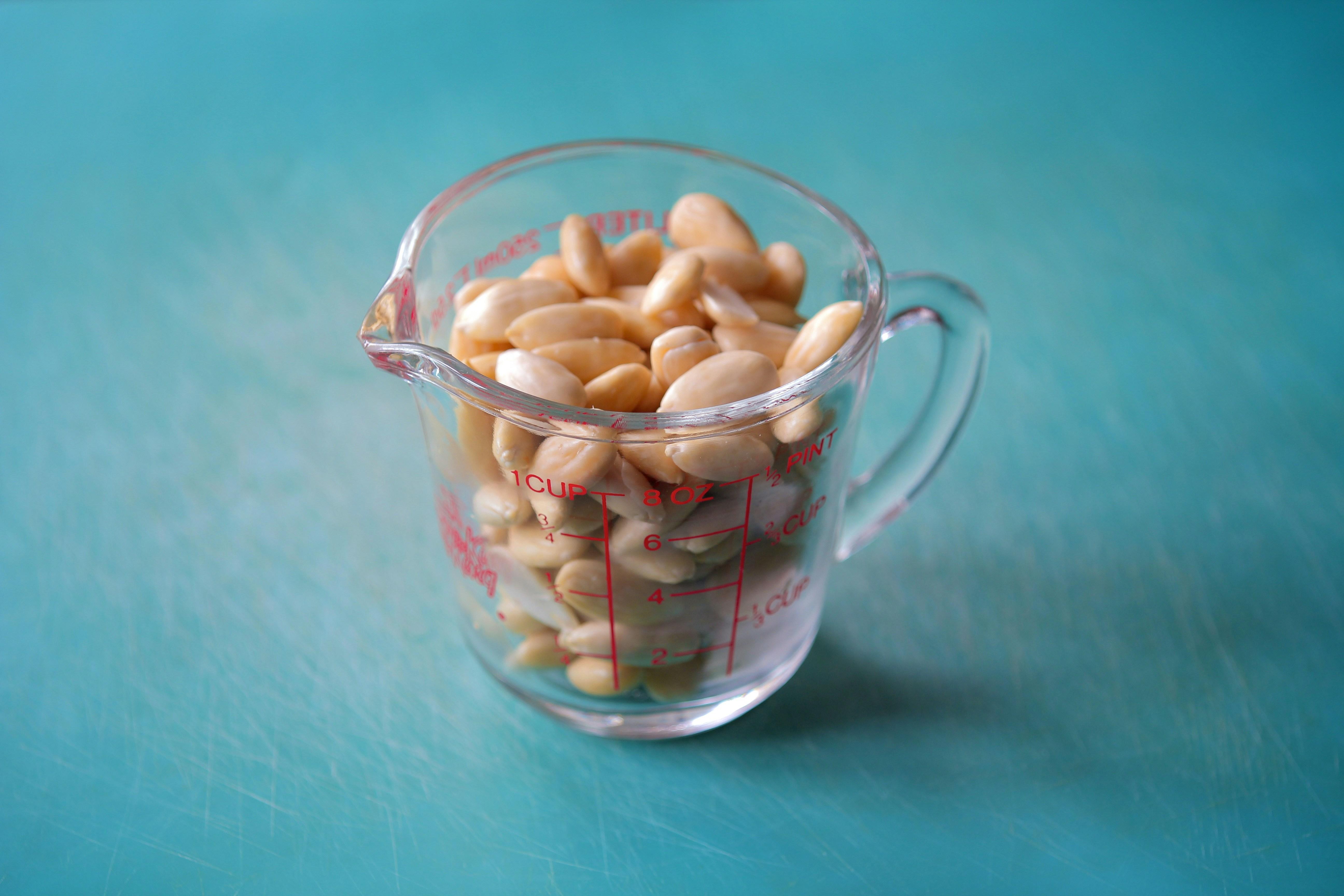
Nutrient Retention in Blanched vs. Raw Vegetables
When it comes to preserving nutrients, the method of preparation can make a significant difference. Raw vegetables boast a full spectrum of vitamins and minerals in their natural state. Consuming them raw ensures that you’re getting the maximum amount of certain heat-sensitive nutrients like vitamin C and certain B vitamins. However, some nutrients in raw vegetables are less bioavailable, meaning your body may not absorb them as efficiently.
On the other hand, blanching—a quick boil followed by an ice bath—can help retain and even enhance the availability of some nutrients. While it’s true that some water-soluble vitamins might leach out during the process, blanching can also reduce harmful antinutrients and make other nutrients, like beta-carotene, more accessible. Here are a few things to consider when choosing between raw and blanched vegetables:
- Vitamin C: More abundant in raw form but partially preserved in blanched.
- Fiber: Both methods maintain fiber content, though blanching may soften it.
- Antioxidants: Some antioxidants become more bioavailable after blanching.
- Flavor and Texture: Blanching can enhance color and soften texture, making veggies more palatable for some.
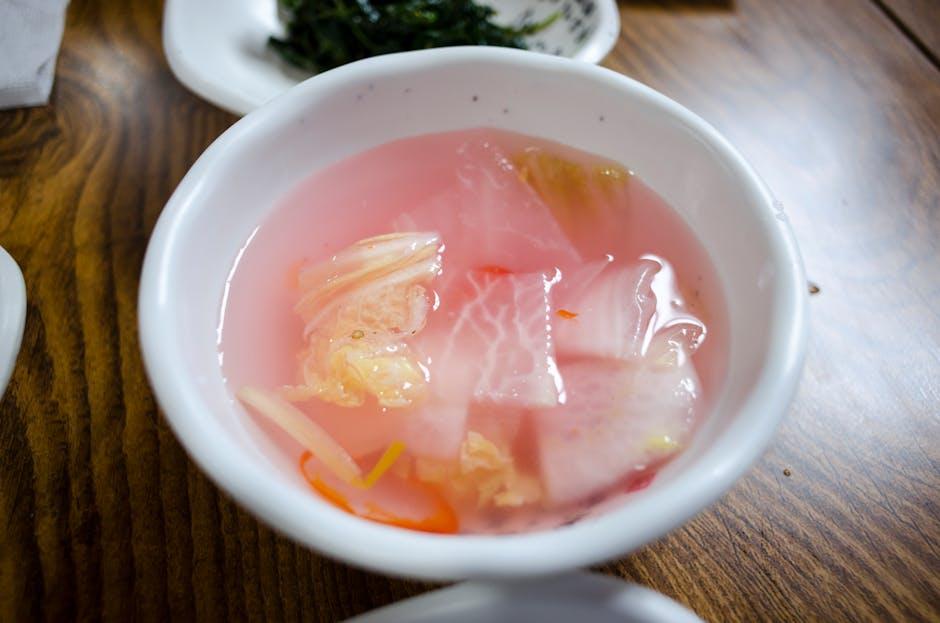
Exploring Flavor and Texture Changes Through Blanching
Blanching is a culinary technique that briefly immerses vegetables in boiling water, followed by an immediate plunge into ice water. This process is not only a means to preserve color and nutrients but also a way to transform both the flavor and texture of vegetables. While some argue that raw vegetables retain the most nutrients, blanching offers unique benefits that may make these veggies equally appealing. The gentle heat softens the fibrous structure of vegetables, enhancing their natural sweetness and making them more palatable, especially for those who find raw textures challenging.
When vegetables undergo blanching, several changes occur that can positively affect the dining experience. Here are some key transformations:
- Flavor Enhancement: Blanching can mellow the bitterness of certain greens, like kale and broccoli, bringing forward their subtle, sweet notes.
- Texture Improvement: The process tenderizes vegetables, making them less crunchy but still firm enough to provide a satisfying bite.
- Color Preservation: The vibrant hues of vegetables like green beans and asparagus are locked in, making them visually appealing.
- Reduced Cooking Time: Pre-blanched vegetables require less cooking time in subsequent recipes, helping to preserve their nutritional value.
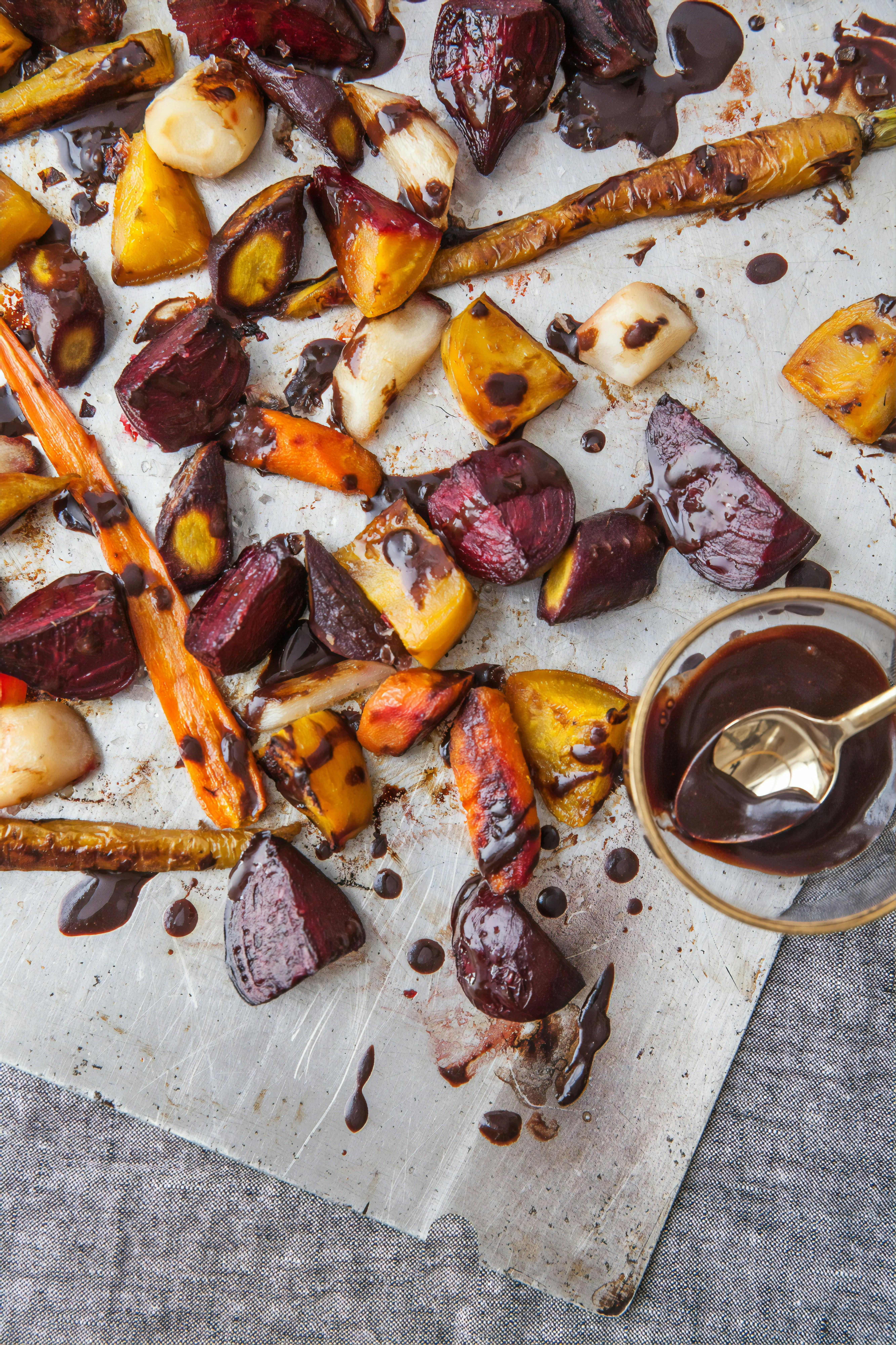
Maximizing Health Benefits: Blanching Tips and Techniques
Blanching, a quick cooking technique involving brief boiling followed by rapid cooling, can help you retain the vibrant colors, crisp textures, and essential nutrients of your vegetables. While some might worry about nutrient loss, blanching can actually enhance certain health benefits. The process can help reduce the bitterness in vegetables like kale and broccoli, making them more palatable while still retaining a good amount of vitamins and minerals.
- Time It Right: Over-blanching can lead to nutrient loss, so timing is crucial. Most vegetables require just 2-5 minutes.
- Shock and Awe: Immediately plunging vegetables into ice water stops the cooking process, locking in color and nutrients.
- Size Matters: Cut vegetables into uniform pieces to ensure even blanching.
- Seasonal Choices: Blanching works well with seasonal produce, preserving their peak flavors and nutrients.
Embrace blanching as a technique to balance the raw and cooked worlds, offering a middle ground that can enhance both taste and nutritional value. It’s not just a matter of health, but also a way to explore new culinary possibilities, making your meals as enjoyable as they are nutritious.
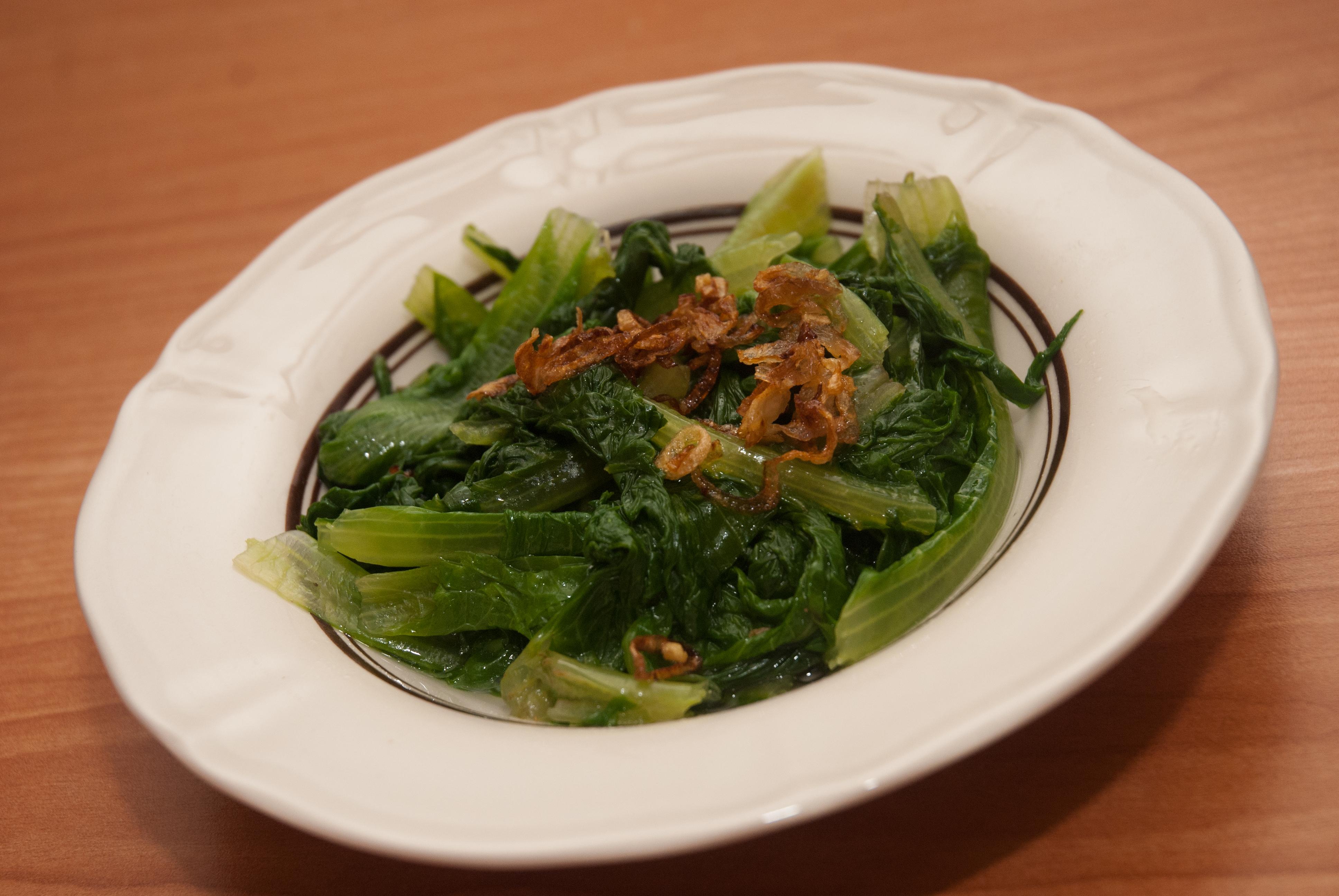
Choosing the Right Method for Your Dietary Needs
When it comes to aligning your dietary approach with your health goals, the method of preparing vegetables can significantly influence their nutritional value. Blanching, a technique involving briefly boiling vegetables before plunging them into ice water, can have distinct advantages. This method helps to:
- Preserve the vibrant colors and crisp texture of vegetables, making them more appealing.
- Enhance the digestibility of certain vegetables by breaking down tough fibers.
- Retain essential vitamins like vitamin C and B-vitamins, which are often lost in prolonged cooking methods.
However, it’s important to consider that raw vegetables maintain their natural enzyme content and can be richer in some nutrients, such as folate. Opting for raw might be ideal if you’re aiming for a diet high in enzymes and phytonutrients. Ultimately, the choice between blanched and raw should reflect your specific dietary needs and preferences. Exploring a balance of both methods could offer the best of both worlds.
Future Outlook
In the vibrant world of vegetables, where colors, textures, and flavors abound, the debate between blanched and raw remains as dynamic as the produce itself. Both methods offer their own unique set of benefits, each enhancing the nutritional profile in its own way. While raw vegetables boast an unaltered array of vitamins and enzymes, blanched vegetables offer a slightly different, yet equally valuable, nutritional experience by enhancing digestibility and retaining most nutrients.
Ultimately, the choice between raw and blanched vegetables is not a matter of right or wrong but rather one of personal preference and dietary goals. Whether you revel in the crisp bite of a raw carrot or savor the tender sweetness of blanched broccoli, the most important thing is that vegetables find a place on your plate. As we explore the vast garden of options available to us, let us celebrate the versatility and richness that both raw and blanched vegetables bring to our tables. After all, in the quest for health and flavor, diversity is the spice of life.
